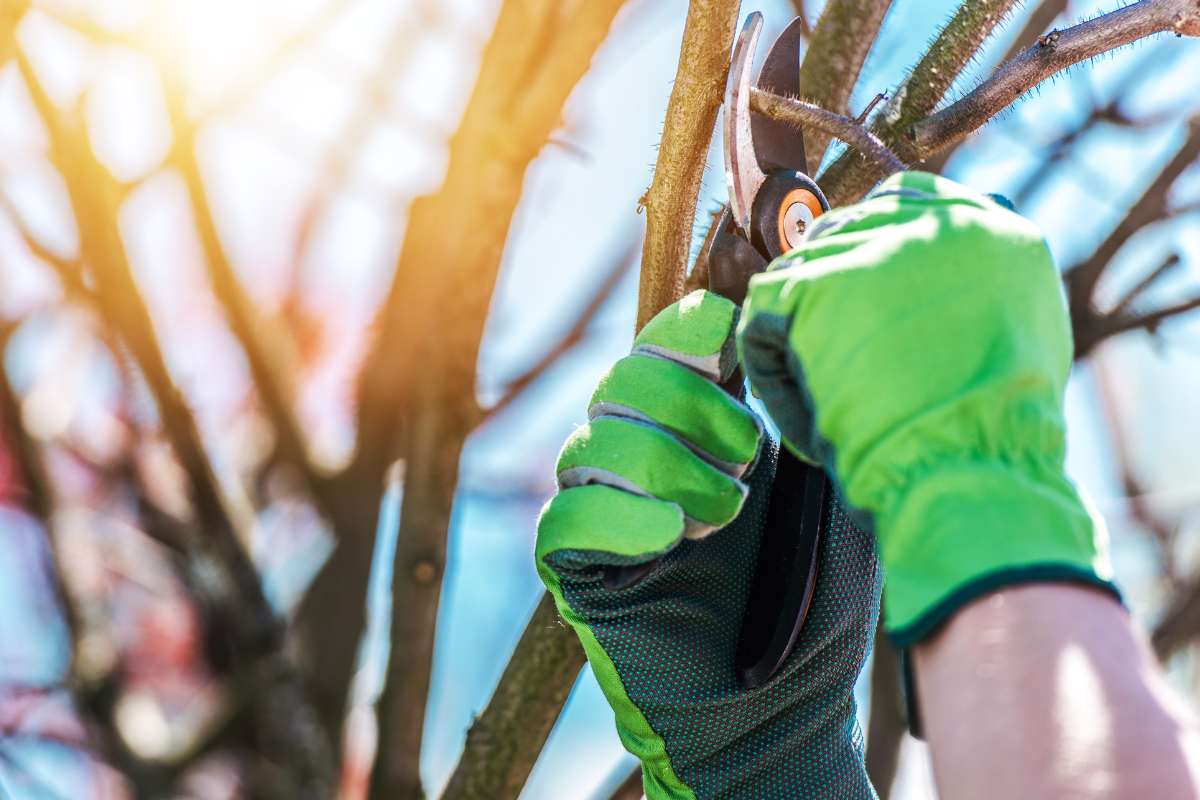
Are you wondering how to cut trees safely and efficiently? Understanding proper techniques for cutting trees can make a huge difference. Imagine your backyard filled with overgrown trees. You want to trim them without risking injury or damaging your property. This blog will guide you through the safest methods. Let’s dive into the best practices for cutting trees and ensure you get the job done right.
Proper Techniques for Cutting Trees
Cutting trees requires skill and knowledge. You want to ensure you’re using the best techniques. This section will guide you through the process.
Assessing the Tree and Surroundings
Before you begin cutting, assess the tree and its surroundings. Look for any obstacles. Check for power lines, buildings, or other trees. Knowing the environment helps you plan the cut safely.
Choosing the Right Tools
Using the right tools is crucial. A chainsaw is common, but hand saws work for smaller trees. Make sure your tools are sharp and in good condition. Dull tools can cause accidents.
Planning the Cut
Plan your cut before starting. Determine the direction the tree will fall. Make a small notch on the side facing the fall direction. This guides the tree as it falls.
Making the Notch Cut
The notch cut is vital. It should be a 70-degree cut at about one-fourth of the tree’s diameter. This cut helps control the fall direction.
Making the Felling Cut
The felling cut is on the opposite side of the notch. Cut horizontally until you meet the notch cut. Leave a hinge of uncut wood to guide the tree’s fall. This hinge prevents the tree from splitting.
Using Wedges for Control
Wedges are useful for controlling the fall. Place them in the felling cut to keep the tree from leaning back. Wedges provide extra safety and control.
Dealing with Branches and Limbs
Once the tree is down, handle the branches carefully. Use a smaller saw for limbs. Cut from the base to the tip of the branch. This method reduces the weight and prevents splitting.
Safety Measures
Safety is paramount. Wear protective gear, including helmets, gloves, and boots. Clear the area of people and pets. Always have a first aid kit nearby.
Cleaning Up
After cutting, clean up the area. Remove all debris and branches. This prevents accidents and keeps your yard tidy.
Hiring Professionals
Sometimes, hiring a professional is the best choice. They have the experience and equipment to handle large trees safely. Consider this option for complex jobs.
Conclusion
If you need help with tree cutting, contact us today. We offer expert advice and professional services. Don’t risk injury or damage—let our skilled team handle it for you. Reach out now and ensure your trees are cut safely and efficiently.
